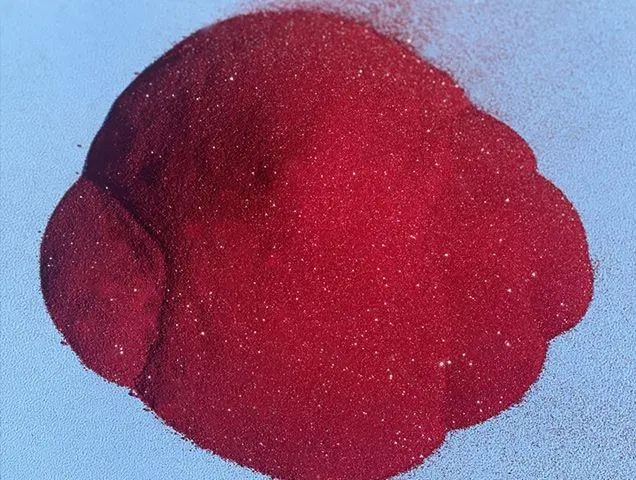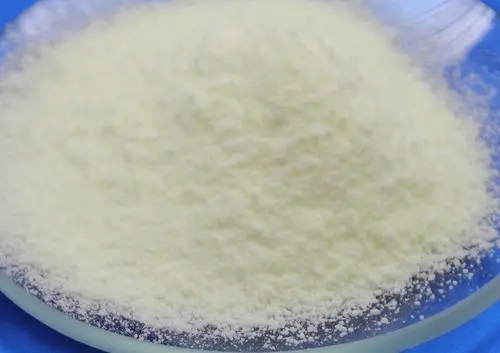Photoinitiator is the most important part in the composition of photocuring adhesive, which can be divided into free radical polymerization initiator, cationic polymerization initiator, energy transfer initiator and ion reaction initiator according to the initiation mechanism.

Free radical polymerization initiator: free radical polymerization initiator is divided into cracking type, grab hydrogen type two kinds.
Snatching hydrogen initiator: The reaction mechanism of snatching hydrogen initiator is that the initiator molecule is excited by absorbing energy, and then the hydrogen atom in the prepolymer or monomer molecule is extracted to form free radicals.
Energy transfer initiator: the reaction mechanism of energy transfer initiator is that the energy of photosensitizer is transferred to the initiator, and the photosensitizer does not have any chemical change in the reaction process. The difference between photosensitizer and photoinitiator lies in that the photoinitiator itself participates in the reaction and initiates the polymerization and crosslinking of the system. Photosensitizers transfer energy only to photoinitiators and do not react on their own. Therefore, from the perspective of accelerating photochemical reaction, photosensitizer is similar to the catalyst in general chemical reaction. From the perspective of photosensitive speed, it is also a sensitizer. In essence, its role is to broaden the photosensitive wavelength range of photosensitive resin.
Ionic reactive initiator: The reaction mechanism of ionic reactive initiator is the transfer of electron or charge between electron donor and acceptor, which may form electron transfer complex or excitation complex.

The dosage of photoinitiator: Different types of photoinitiators have different photoinitiation activities due to their different absorption peaks, and the time required for complete curing is also significantly different. However, when used in combination, the photoinitiation activity is increased to a certain extent. The photoinitiator absorbs the energy of light and forms active free radicals after receiving ultraviolet light. The chain polymerization of the prepolymer and the active diluent was initiated, and the network structure was formed by crosslinking and curing of the adhesive. If the initiator is too little, the polymerization speed is too slow and the polymerization is insufficient, which affects the curing speed and bonding strength of adhesive. Excessive amount of waste, and even may lead to excessive free radical quenching, resulting in the opposite effect. The suitable mass fraction is 3%~5%.
Reg Office: Room 435, Building 9, No.2568 Gudai Road, Minhang District, Shanghai, China.
Pilot Lab: Building 1, No. 589 Qinling Street, Shijiazhuang High-tech Zone,Hebei, China.
Plant Unit 1: Xincheng town clean chemical park, Xinji, Hebei, China.
Plant Unit 2: Dongming County South Chemical Park, Heze City, China.
Tel: +86-21-34943721
Email:Massive@massivechem.com
Info@massivechem.com
Shanghai Massive Chemical Technology Co., Ltd. All Rights Reserved(C)2023 Supported by Record number:沪ICP备18008139号